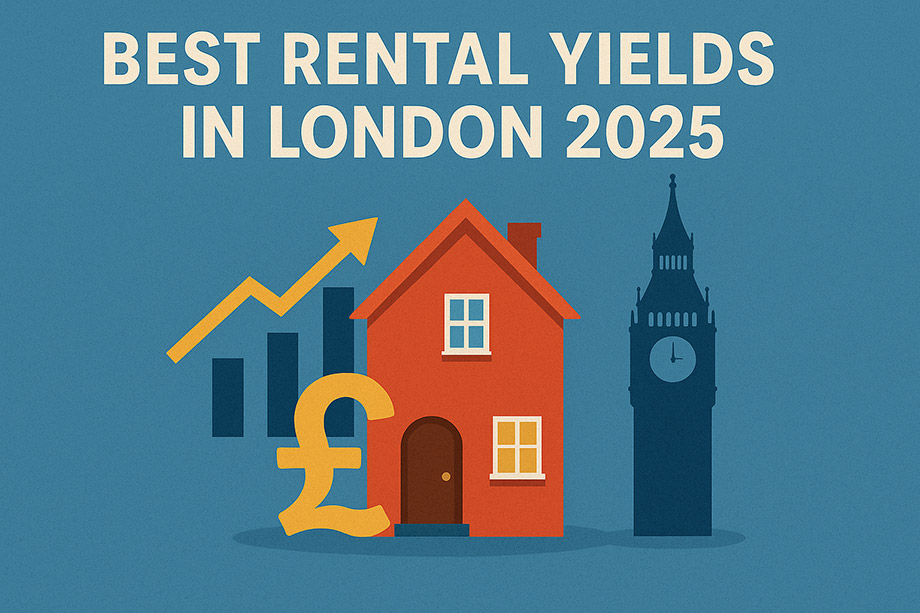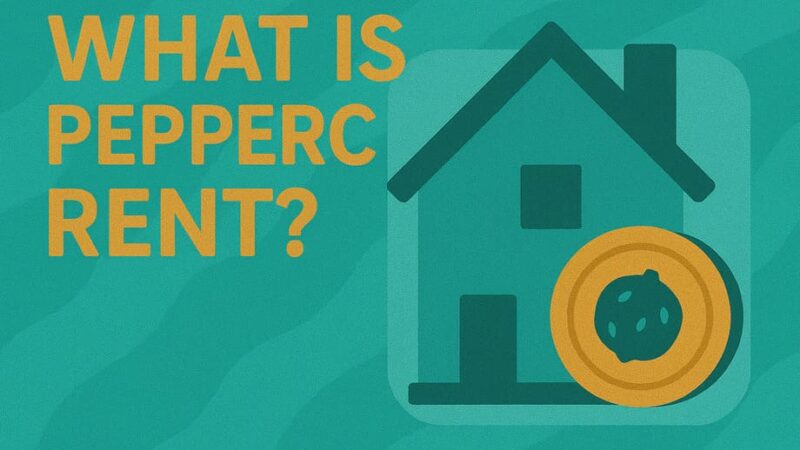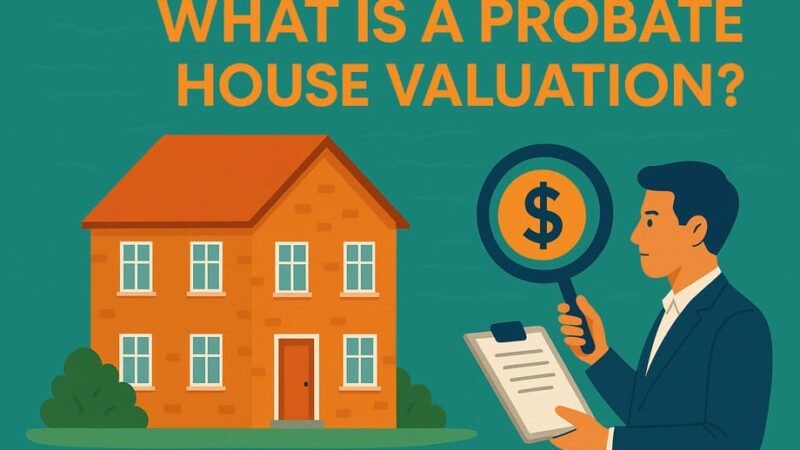Best Rental Yields in London 2025 – Where to Invest for Maximum Returns

If you’re thinking about investing in London property this year, understanding where to find the best rental yields is key. London’s property market can be tricky, prices vary widely across boroughs, and rental demand shifts with employment trends and infrastructure improvements. But with the right knowledge, you can pinpoint the neighbourhoods offering the best returns for your buy-to-let investment.
This guide breaks down the best rental yields across London in 2025 and explains why these areas stand out. I’ll also cover what to consider before investing and tips to maximize your rental income.
Table of Contents
What Is Rental Yield and Why Does It Matter?
Rental yield is the annual rental income as a percentage of the property’s purchase price. For example, if you buy a property for £300,000 and earn £18,000 in rent per year, your gross rental yield is 6%.
While capital growth (property price increases) is important, rental yield measures how much cash flow you get from the investment each year. A higher rental yield means better income relative to what you paid.
In London, yields tend to be lower than in other UK regions because property prices are high, but the city’s strong rental demand keeps yields attractive in certain boroughs.
The Best Rental Yield Hotspots in London for 2025
| Rank | Area | Postcode | Average Rental Yield | Average Property Price | Average Monthly Rent |
|---|---|---|---|---|---|
| 1 | East Ham | E6 | 6.0% | £327,000 | £2,055 |
| 2 | Thamesmead & Woolwich | SE28 | 5.9% | £357,000 | £1,926 |
| 3 | Stratford & West Ham | E15 | 5.8% | £462,000 | £2,236 |
| 4 | Abbey Wood | SE2 | 5.8% | £400,000 | £1,926 |
| 5 | Tottenham | N17 | 5.8% | £455,000 | £2,212 |
| 6 | Barking | IG11 | 5.7% | £350,000 | £1,950 |
| 7 | Ilford | IG1 | 5.6% | £410,000 | £1,950 |
| 8 | Croydon | CR0 | 5.5% | £430,000 | £1,975 |
| 9 | Woolwich | SE18 | 5.5% | £410,000 | £1,900 |
| 10 | Lewisham | SE13 | 5.4% | £420,000 | £1,890 |
The Top Rental Yield Hotspots in London for 2025
According to the latest data, the best rental yields in London right now are found mostly in East and South East London. These areas have benefitted from regeneration projects, improved transport links, and growing rental demand.
1. East Ham (E6) – 6.0% Yield
East Ham tops the list with a 6% rental yield and impressive five-year property growth of 22%. Monthly rents average around £2,055 here. The area has undergone major regeneration, making it more desirable for renters who want affordability plus transport access to central London. East Ham is ideal if you want steady cash flow with future capital appreciation.
2. Thamesmead & Woolwich (SE28) – 5.9% Yield
This riverside area offers one of the highest yields at just under 6%. Property prices are still affordable (average £357,000), making it attractive for investors on a budget. The upcoming DLR extension will improve commuting options and attract young professionals. Thamesmead’s parks and river views are also a plus for tenants.
3. Stratford & West Ham (E15) – 5.8% Yield
The 2012 Olympics brought a wave of regeneration to Stratford. Now, it’s a vibrant area with great transport links and amenities. Average rents are £2,236, giving investors solid returns. Stratford is popular with families and young professionals who want access to green spaces without paying central London prices.
4. Abbey Wood (SE2) – 5.8% Yield
Abbey Wood’s connection to the new Elizabeth Line has dramatically cut travel times to central London and Heathrow. This has boosted property prices and rental demand. You can still buy properties here around £400,000, with monthly rents close to £1,926. It’s a smart pick for investors seeking a mix of affordability and growing commuter appeal.
5. Tottenham (N17) – 5.8% Yield
Tottenham has long been overlooked due to concerns about crime and services. But huge regeneration projects, including the new Tottenham Hotspur Stadium and the Meridian Water development (£6 billion investment), are changing that narrative. Rents average £2,212 per month, and yields hover near 5.8%. It’s an up-and-coming area with growth potential.
What Makes These Areas Attractive for Investors?
- Transport Improvements: Many of these zones benefit from new or improved transport infrastructure like the Elizabeth Line or DLR extensions. This opens up more of London to commuters.
- Regeneration Projects: Regeneration brings better housing, shopping, and amenities, increasing demand and rental prices.
- Affordability: These areas tend to have lower entry prices compared to prime central London, improving yield potential.
- Demographics: Young professionals, families, and students are driving rental demand in these zones, especially where transport and green space are accessible.
Should You Buy in London in 2025?
Despite rising property prices, 2025 remains a strong year to invest in London buy-to-let.
- Rental demand is high as employment rebounds and more people return to offices.
- Mortgage rates have stabilized somewhat, and government schemes help first-time buyers.
- Long-term forecasts predict steady capital growth — on average, London properties could be worth around £70,000 more by 2028.
- London’s population growth and status as a global city underpin long-term demand.
Tips to Maximize Your Rental Income in London
- Choose Areas with Upcoming Infrastructure: Properties near new train lines or stations usually see faster rental growth.
- Focus on Transport Links: Easy commutes attract more tenants.
- Invest in Regeneration Zones: These areas are often undervalued but improving quickly.
- Consider Property Type: Flats close to transport hubs work well for young professionals; houses near schools attract families.
- Professional Management: For short-term rentals, use services like GuestReady to maximize occupancy and reviews.
Final Thoughts
London’s best rental yields in 2025 are concentrated in emerging, transport-linked neighbourhoods in East and South East London. East Ham, Thamesmead, Stratford, Abbey Wood, and Tottenham are prime spots where you can combine good rental income with strong growth prospects.
Before you buy, research each area’s amenities, planned developments, and typical tenant profiles to ensure it matches your investment goals. London’s property market remains complex but rewarding, armed with the right info, you can make smart buy-to-let investments that pay off for years.
Last Updated on July 21, 2025 by James Cartwright







